From battles, to simple neglect, history has often laid waste to some of Britain’s most intriguing treasures. We look at five of our favourite forgotten buildings and places, with a little help from Visit England…
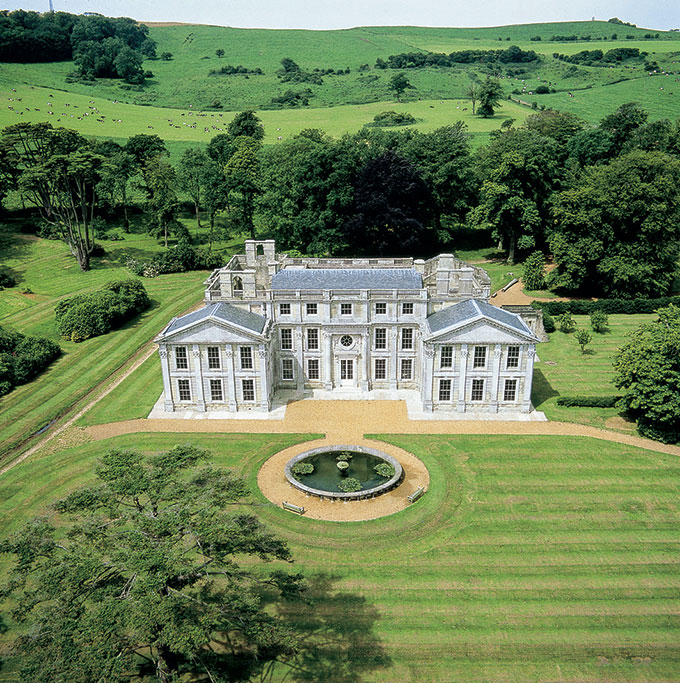
1. Appuldurcombe House, Isle of Wight
Appuldurcombe House was once the grandest house on the Isle of Wight, but now just a shell remains. Positioned on the edge of the village of Wroxall, the front of the partially restored building remains an impressive example of Baroque architecture while the grounds were designed by ‘Capability’ Brown. Visitors can see the Freemantle Gate, part of the 1770s neo-Classical addition to the estate, on the nearby public footpath.
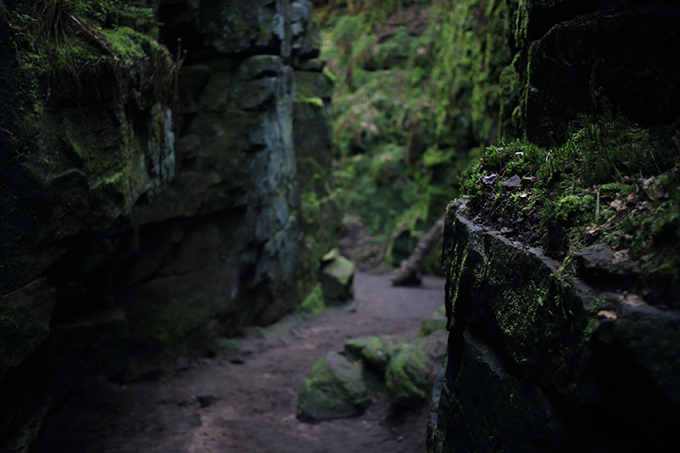
2. Lud’s Church, Peak District
As well as being linked to the legend of Sir Gawain and the Green Knight, this deep chasm in the Black Forest is rumoured to be a secret hideout of Robin Hood and Friar Tuck. Followers of John Wycliffe, an early church reformer, are also believed to have used the area as a place of worship in the early 15th century – and were subsequently condemned as heretics. Beautiful, shadowed and eerily quiet, this mossy and overgrown crevasse is sheltered from daylight, helping it retain a certain air of secrecy and mystery.
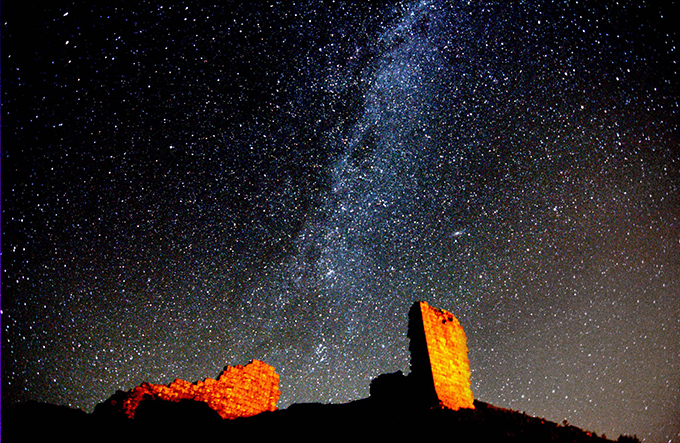
3. Harbottle Castle, Northumberland
Located in the heart of Northumberland International Dark Sky Park stands the guardian fortress between Scotland and England, Harbottle Castle. First built on the orders of King Henry II, the castle was the scene of countless sieges – Robert the Bruce captured the castle in the 1310s. Over the centuries it has fallen into ruin, but in the midst of twilight beneath a blanket of stars visitors can still catch a glimpse of this once proud citadel.
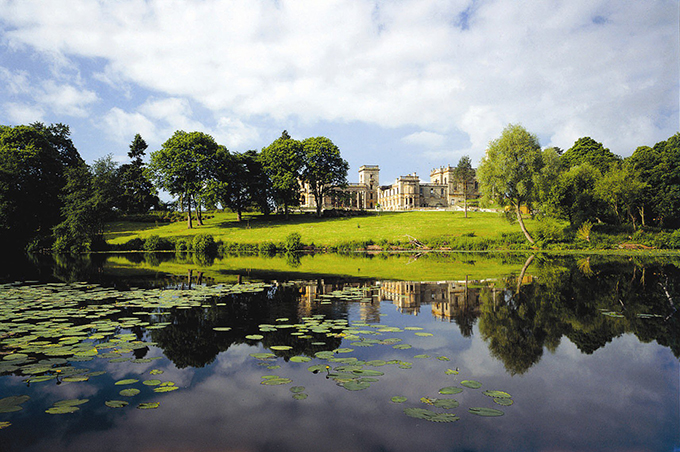
4. Witley Court, Worcestershire
The vast remains of this palatial mansion contrast beautifully with the surrounding landscaped gardens and stone fountains, including the restored Perseus and Andromeda fountain, with its original high cascades. The original house was built by Thomas Foley here in 1655 while renovations by John Nash gave the mansion its current 19th-century charm. The former home of William Ward, 1st Earl of Dudley, the mansion was deserted in 1937 after a fire, but in its former glory the house is said to have hosted lavish parties.
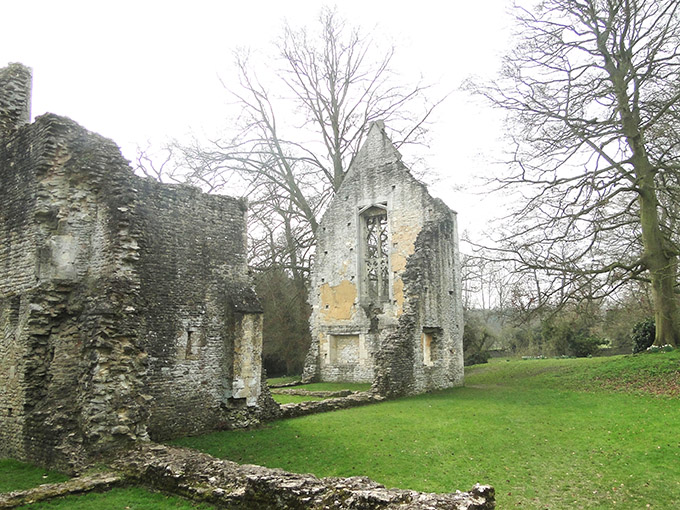
5. Minster Lovell Hall and dovecote, Oxfordshire
The extensive and picturesque ruins of 15-century Minster Lovell Hall are located in a beautiful rural setting beside the River Windrush. This was originally home to King Richard III’s henchman Lord Lovell, one of the richest men in England, and it was designed to serve as a symbol of great wealth. Legend has it that a skeleton found at Minster Lovell Hall in 1718 is that of Lovell who had hidden there after the Battle of Stoke and died of starvation. Following several changes of hands the hall was abandoned then dismantled and demolished in the 18th century, leaving only the remains that stand today, comprising a fine hall, tower and complete dovecote nearby.
Related articlesBRITAIN’s Natural TreasuresBRITAIN’s top 10 summer events |
Click here to subscribe!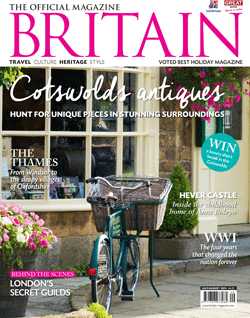 |
|
|||||||||||||||||







 © 2024
© 2024